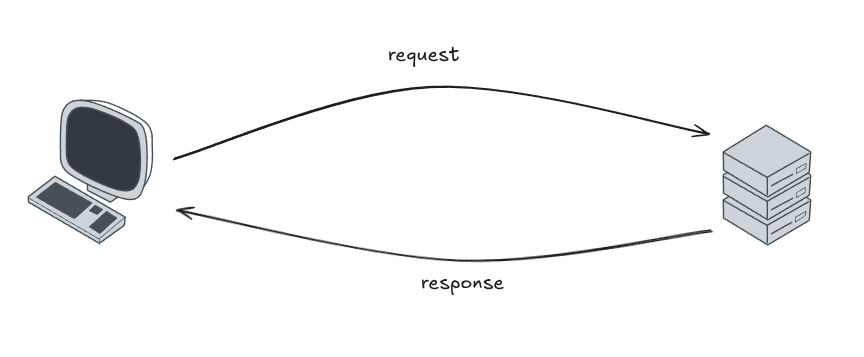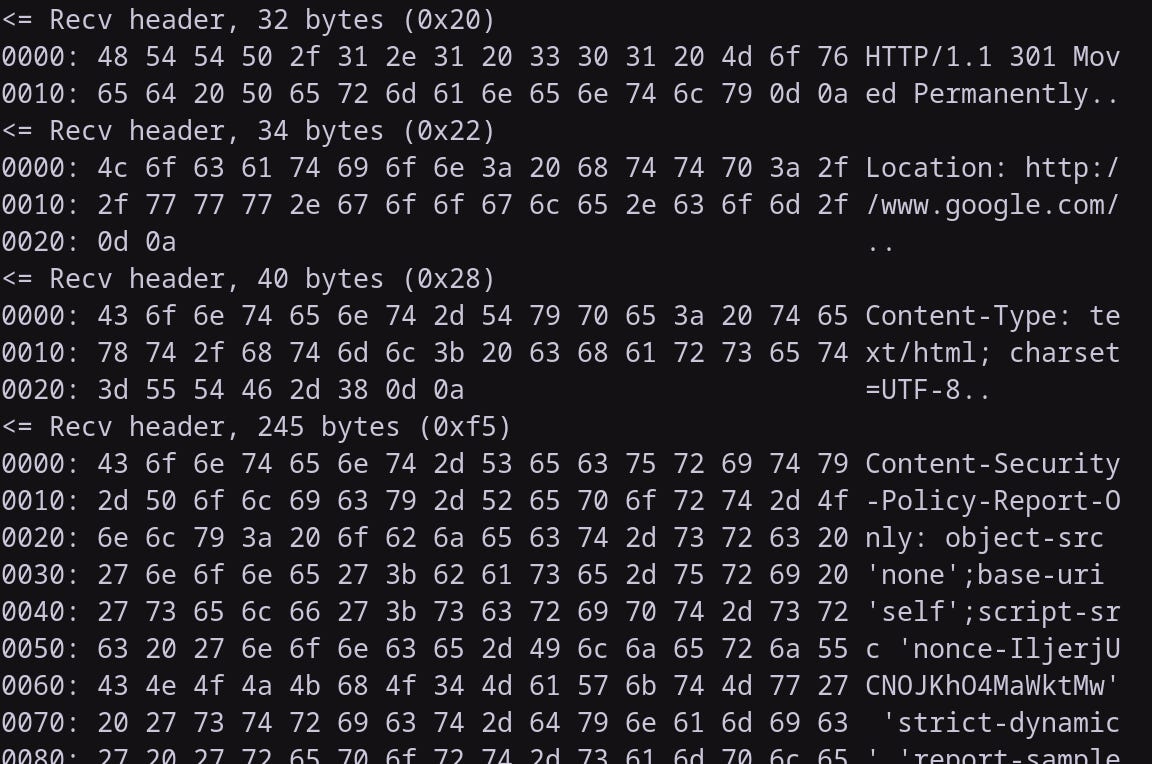The Request-Response Model
The Request-Response is the most simple and widely used model or pattern of communication over the Internet. Whenever you visit a website, query a database or make a call to 3rd party APIs, you’re using request-response. While it sounds simple that a client sends a request and the server replies with a response, let's take a deep dive by peeling the upper layer
In this article, we’ll explore:
What is the Request-Response model?
Anatomy of Request-Response
Doesn’t work everywhere
Demo
What is the Request-Response model?
From a very fundamental view, the request-response model contains two entities, the client and the server
The client sends a request to the server
The server parses the request
Process the parsed request
The server sends back a response
The client parses and consumes the response
Behind this straightforward flow, there are a lot of things going in the background such as parsing, serialisation and deserialisation of the payload and network latency. The payload can be of any format like JSON, XML or Protocol Buffers
The request-response model is used in
HTTP, HTTPS, SSH, DNS
RPC(remote procedure calls)
SQL
APIs (REST/SOAP/GRAPHQL)
Anatomy of Request-Response
Going back to the point when a client sends a request, The request has some specific set of format or structure such that the server should be able to identify the request and able to parse it. It is not like the client sent mail or any kind of message, it is usually a stream of data Here are the basic structure of request and response
The Request is defined in both client and server
A request has a boundary
It is defined by a protocol or method name and a message format
The same applies to the Response as well
The below image is a dissected view of the (HTTP) Request-Response.
Doesn’t work everywhere
Every pattern or model in tech has some limitations and that's fine, everything need not be used everywhere and in the same light request-response model also is not designed to be used. Here are a few scenarios
Notification service
A notification is something that the client gets notified of when some actions occur like getting a WhatsApp app message without the client requesting anything to the server. To implement the request-response model here, the client needs to continuously send requests to the server, which will create congestion in the network and memory exhaust and several other issues
Chatting application
In the chatting application also we don't request a response rather they are sent bidirectional way at any point in time
Long requests
The are some cases when we need to submit a job that will run in the background and the results are sown when the job gets completed. In this case, also request-response model can’t be used as we need to wait for a long time days in time.
Demo
Now let's try to trace the request-response using curl and see what it looks like. So let's get started by running the following command in the terminal
curl -v --trace out.txt [<http://google.com>](<http://google.com/>)once you run this command it should create an out.txt file so let's open that and see. The first thing that happens on sending a request is resolving the hostname
After the hostname gets resolved it then tries to establish a TCP connection with the server. On a successful TCP connection, the headers sent to the server
As this is a simple GET request there is no body involved and the client part is done in sending the requests. The server now processes the request and the response headers from the server will begin
We can see in the above image, how the stream of data is being sent. After receiving all the response headers the server will send the body or data that generally gets rendered in the UI
This is a simple demon of how the request and response works hope you enjoyed it. If so please give it a like and follow for more such content thank you







